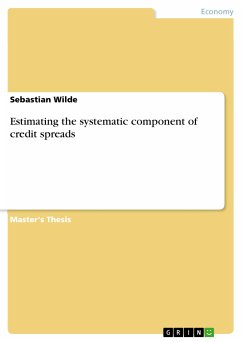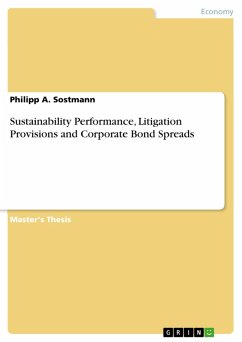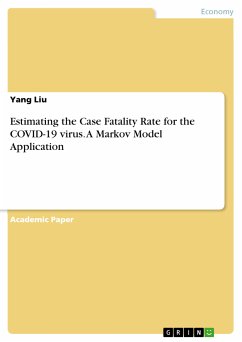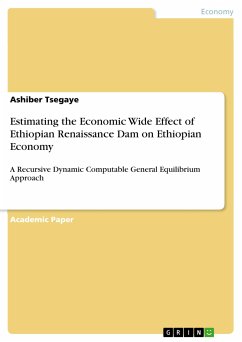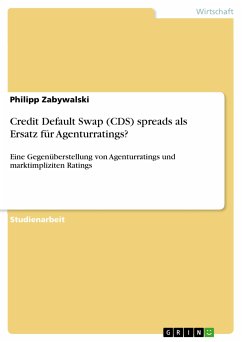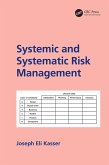Master's Thesis from the year 2022 in the subject Economics - Finance, grade: 1,7, University of Hagen (Fakultät für Wirtschaftswissenschaft, Lehrstuhl für Bank- und Finanzwirtschaft), language: English, abstract: Corporate bond credit spreads are much larger than historical default rates, which leads to an unexplained gap between the default premium component and total credit spread. This gap is referred to as the "credit spread puzzle" in the literature and has driven the discussion of the components of credit spreads in the past decades. The size of each component affects the decision of whether to purchase a particular class of bonds; this underlines its importance in risk management, portfolio management, and valuation. The first goal of the thesis is to provide a comprehensive review of the current state of research on how to decompose credit spreads and estimate their parts. Second, in an empirical study, the systematic risk in current EUR-denominated credit spreads is estimated and compared to the results of Elton et al. (2001). Furthermore, I analyze the regime-dependence of credit spreads for different cross-sections, as systematic risk has proven important in crisis periods. Finally, implications for the calculation of debt beta are derived as in business valuations it is possible to use a debt beta if the debt of the valuation object is subject to a systematic risk that leads to a signifcant risk premium demanded by debt providers. I show that the systematic part of the credit spread for observed EUR-denominated bond spreads from 2009 to 2021 can be assumed higher than in the US bond market, is regime-dependent and would have direct implications on the calculation and relevance of a debt beta for business valuations.
Dieser Download kann aus rechtlichen Gründen nur mit Rechnungsadresse in A, B, BG, CY, CZ, D, DK, EW, E, FIN, F, GR, HR, H, IRL, I, LT, L, LR, M, NL, PL, P, R, S, SLO, SK ausgeliefert werden.

